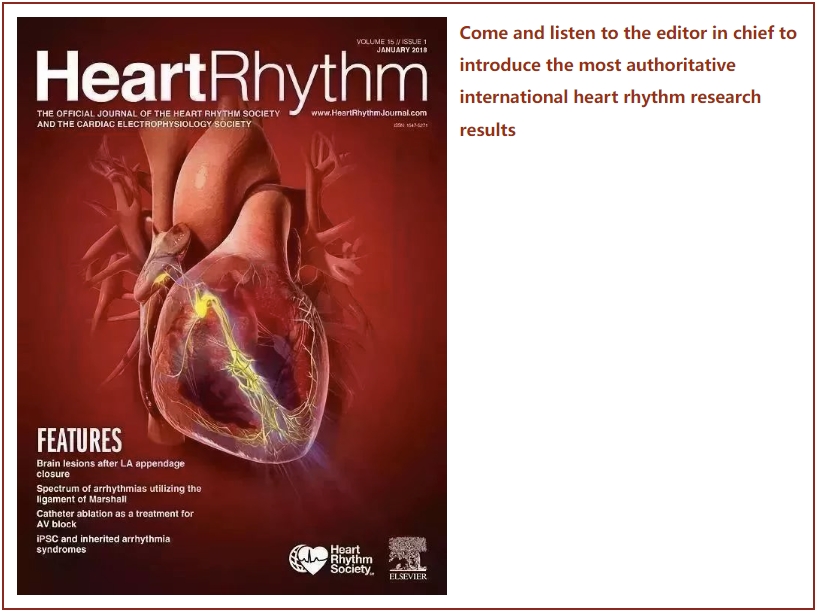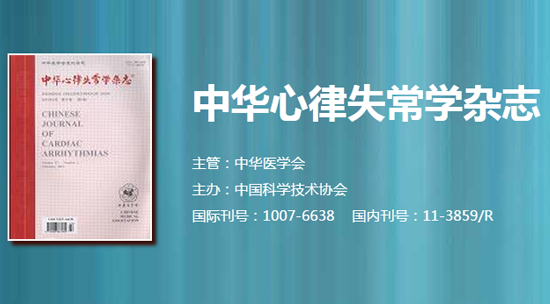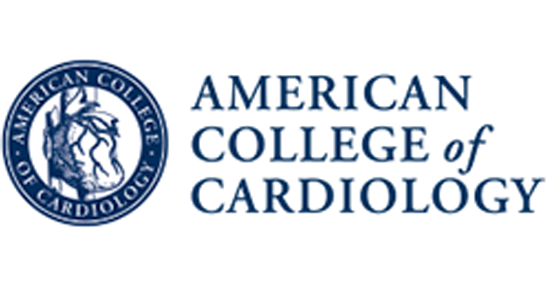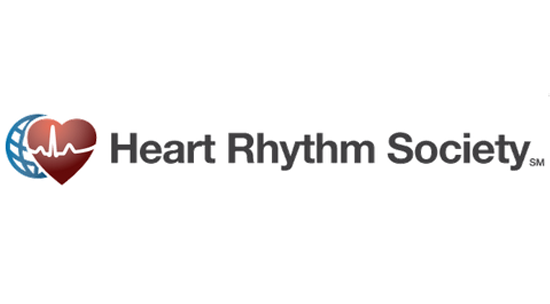HeartRhythm主编—陈鹏生教授语音速递(十月刊 英文版)


Peng-Sheng Chen
Hello, this is Dr. Peng-Sheng Chen, the Editor-in-Chief of Heart Rhythm. Thank you for listening to this podcast.
The October 2023 issue is a focus issue on Sudden Death. The first article is titled “Prevalence of illicit drug use in young patients with sudden cardiac death.”A total of 554 patients had out-of-hospital cardiac arrest, with 523 undergoing toxicological assessment. There were 170 patients (32.5%) having either positive toxicology for illicit drugs (n = 138) or negative toxicology but reported regular drug use (n = 32). Patients with SCD and illicit drug use were more commonly male, smokers, excess alcohol drinkers, and had a psychiatric diagnosis. The authors conclude that approximately one-third of young patients with SCD have positive toxicology at the time of death or reported frequent use of illicit drugs, with high rates of polysubstance abuse.
The second article is titled “Predicting Arrhythmic Event Score in Brugada Syndrome: Worldwide Pooled Analysis With Internal and External Validation.” The purpose of this study was to create a novel score, i.e., Predicting Arrhythmic evenT (PAT)-with internal and external validation. A systematic review was performed to identify risk factors for major arrhythmic events in 67 studies. Pooled odds ratios were estimated, indicating that 15 of 23 risk factors were significant. The PAT score was then developed accordingly. The PAT score had significantly better discrimination than the existing risk-predicting scores in an external validation cohort. The authors conclude that the PAT score was useful in predicting major adverse events for primary prevention in patients with Brugada syndrome.
Coming up is “Omnipolar versus bipolar mapping to guide ventricular tachycardia ablation.” Omnipolar technology (OT) was recently proposed to generate electroanatomic voltage maps with orientation-independent electrograms. A total of 24 patients underwent VT ablation under OT guidance. The sensitivity and specificity of detection of the VT isthmus in the deceleration zones were, respectively, 75% and 65% for OT and 35% and 55% for bipolar mapping. At 8.4 months, 71% freedom from VT recurrence was achieved. The authors conclude that OT is a valuable tool for guiding VT ablation, providing more accurate identification of late potentials and isochronal crowding due to slightly higher voltages.
Up next is “Artificial intelligence for detection of ventricular oversensing: Machine learning approaches for noise detection within nonsustained ventricular tachycardia episodes remotely transmitted by pacemakers and implantable cardioverter-defibrillators”. A total of 807 devices transmitted 10,471 NSVT recordings, of which 87 devices (10.8%) transmitted 544 NSVT recordings with nonphysiological signals. The authors found that the machine learning algorithms accurately detected nonphysiological signals within electrograms transmitted by PMs and ICDs. An artificial intelligence approach may render remote monitoring less resourceful and improve patient safety.
The next one is a case report titled “Pulsed-field ablation vs. radiofrequency ablation for ventricular tachycardia: the first-in-human case of histological lesion analysis”. PFA is a new modality of nonthermal lesion formation that seems to be safe and has the potential to increase the efficacy of VT ablation given the ability to better penetrate scar tissue areas. This is the first-in-human case of histologic analysis of both PFA and RFA lesions in the left ventricle. The study showed similar depth penetration but different lesion characteristics, with apoptotic-like cellular lesions and a notable lack of inflammation in PFA. Nongated PFA in the ventricle can be arrhythmogenic.
That case report is followed by a letter titled “How Much Endocardial Scar Homogenization Is Required for Successful Ablation of Ischemic Ventricular Tachycardia?” The results suggest that ablation density in ischemic scar does not influence VT ablation outcomes, further supporting that mapping and ablating functional substrate should take preference. This may lead to a reduced quantity of ablation without negatively affecting outcomes.
The October issue also includes the following article not focused on sudden death. The first one is titled “Left Ventricular Lead Implantation Failure in an Unselected Nationwide Cohort.” The authors studied patients with left bundle branch block and ejection fraction ≤ 35% who underwent planned de novo transvenous CRT implantation and were reported to the National Cardiovascular Data Registry ICD Registry. Of the 111,802 patients who underwent a planned CRT procedure, 3.6% (n = 3979) had LV lead implant failure. The authors conclude that LV lead implant failure is uncommon in the current era and is most commonly due to coronary sinus access failure. Predictors of LV lead implant failure included younger age, female sex, black race, Hispanic ethnicity, increased QRS duration, sleep apnea, and absence of electrophysiology training.
Up next is “Sex differences in leadless pacemaker implantation: a propensity-matched analysis from i-LEAPER registry”. Of the overall population of 1179 patients, 64.3% were men. After propensity matching, 738 patients with no significant baseline differences among groups were identified. During the median follow-up of 25 months, female sex was not associated with LPM-related major complications or all-cause mortality. LPM electrical performance results were comparable between groups, except for a higher pacing impedance in women at implant and during follow-up that remained within normal limits. The authors conclude that there are differences in sex-related referral patterns for LPM implantation with an underrepresentation of women. However, major complication rate and LPM performance were comparable between sexes.
The next one is “Early Left Bundle Branch Pacing in Heart Failure with Mildly-Reduced Ejection Fraction and Left Bundle Branch Block.” LVEF of 35-50% defines the HF with mildly-reduced EF (HFmrEF). Fifty-four patients were enrolled and analyzed. As compared with guideline-directed medical therapy, LBB pacing achieved greater improvement in LVEF, reduction of LVEDD and NYHA classification, and similar reduction of NT-proBNP at 6 months. Early LBBP showed significantly reduced clinical events after 20.68 ± 13.55 months of follow-up. The authors conclude that early LBBP with guideline-directed medical therapy demonstrated greater improvement of cardiac function and reduced clinical events than guideline-directed medical therapy alone in patients with HFmrEF and LBBB.
Coming up is “Ventricular arrhythmias in hypertrophic cardiomyopathy patients: prevalence, distribution, predictors and outcome”. The authors retrospectively analyzed all patients with HCM and an ICD from a prospectively derived registry in 2 tertiary medical centers. Of the 1328 HCM patients, 207 were implanted with ICDs. Over a mean follow-up of 10 years, 37 patients with ICDs (18%) developed sustained ventricular tachyarrhythmias. Sustained monomorphic VT was the most common arrhythmia linked to decreased left ventricular (LV) ejection fraction and increased LV end-systolic and end-diastolic diameters. The authors conclude that VT rather than VF is the most common arrhythmia in patients with HCM; it is amenable to anti-tachycardia pacing and is associated with lower LV ejection fraction and higher LV diameters.
The next one is “Implications of the Anatomy of Papillary Muscle Connections for Mapping and Ablation of Focal Ventricular Arrhythmias”. Ventricular arrhythmias (VAs) originating from papillary muscles (PAPs) can be challenging when targeted with catheter ablation. The authors found that multimodality imaging identifies anatomic details of PAPs that facilitate the mapping and ablation of VAs. In more than a third of patients with PAP VAs, VAs originate from connections between PAPs and the surrounding myocardium or between other PAPs. VA electrocardiographic morphologies are different when VAs originate from PAP-connection sites as compared with VAs originating from the PAP body.
Up next is a contemporary review titled “Towards Advanced Diagnosis and Management of Inherited Arrhythmia Syndromes: Harnessing the Capabilities of Artificial Intelligence and Machine Learning”. In this contemporary review, the authors provide a summary of the AI models developed to solve challenges in inherited arrhythmia syndromes and also outline gaps that can be filled with the development of intelligent AI models.
The next one is a Hands On article titled “How to perform Purkinje tissue ablation for the treatment of idiopathic VF”. Catheter ablation of Purkinje-related IVF is challenging. The strategy of choice is to target the initiating PVC and surrounding Purkinje tissue. These arrhythmias frequently originate from free-running Purkinje present in intracavitary structures—false tendons, moderator bands, and papillary muscles—warranting the use of intracardiac echo. Sharp, discrete, premuscular Purkinje potentials are usually recordable in the areas of interest, and an increased Purkinje to local muscular activation delay during PVCs is the rule.
The October issue has 4 research letters. The first is “Conduction Defects in Pediatric Patients with Pearson Syndrome: When to Pace?” Given the risk associated with advanced heart block, the authors propose a new bundle branch or fascicular block to indicate prophylactic pacemaker implantation in this population. Patients with eye findings may be at higher risk for developing conduction abnormalities.
The next one is “Mitral Annular Disjunction and Arrhythmias in Marfan Syndrome”. This study suggests that Mitral Annular Disjunction is common in patients with MFS and strongly associated with bileaflet mitral valve prolapse. Patients with Mitral Annular Disjunction are at risk of developing arrhythmic events at a younger age and may require closer clinical follow-up.
Up next is “Versatility of The Novel Single-Shot Devices: A Multicenter Analysis.” The authors report that both objective and subjective data support the remarkable versatility of novel single-shot devices for PV isolation, which allowed experienced operators to comfortably move from preexisting to newer technologies.
The last Research Letter is “Financial Burden of Drugs Prescribed for Management of Atrial Fibrillation.” The authors report that the average cost of brand-name formulations was much higher than that of their generic counterparts. Of particular interest is the reduction in cost of prescriptions by a significant margin afforded by GoodRx coupons. The authors suggested a number of approaches to reduce the drug costs for AF management.
A final article is “2023 HRS Expert Consensus Statement on the Management of Arrhythmias During Pregnancy”.
I hope you enjoyed this podcast. For Heart Rhythm, I’m the Editor-In-Chief, Dr. Peng-Sheng Chen.











